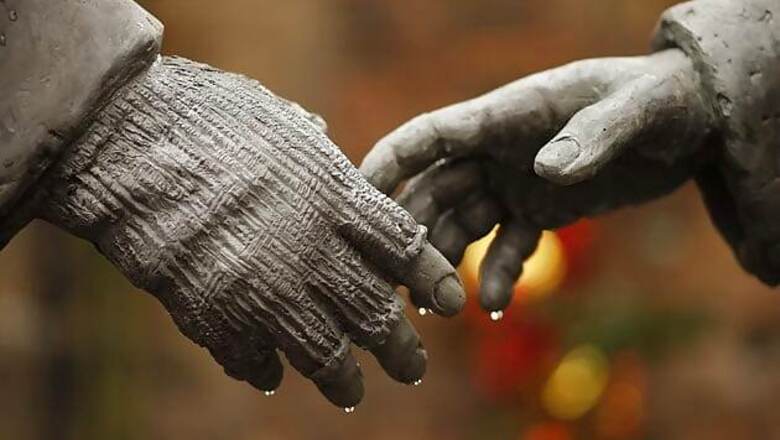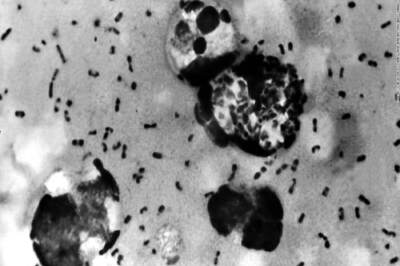
views
London: Do you know that the handshake -- limp or firm -- can sniff people out? According to a fascinating study, people use the touch of a handshake to sample and sniff chemical signals that could explain why the greeting evolved in the first place.
"Your handshake conveys subliminal social cues," said professor Noam Sobel, chair of neurobiology at the Weizmann Institute of Science in Israel.
It is well known that we emit odours that influence the behaviour and perception of others but unlike other mammals "we do not sample those odours from each other overtly," the findings showed.
In the study, scientists found that people use the touch of a handshake to sample and sniff signalling molecules.
During the experiment, nearly 280 people were greeted either with or without a handshake.
They were filmed using hidden cameras and observed to see how many times they touched their face.
One finding was that people constantly sniff their own hands -- keeping a hand at their nose about 22 percent of the time.
Subjects greeted with a handshake significantly increased touching of their faces with their right hand.
However, this only seemed to be the case when the subject had been greeted by a person of the same gender.
"Our experiments reveal handshakes as a discreet way to actively search for social chemosignals," Sobel noted.
Previous studies have suggested that human chemosignals play a role in mate selection, conveying fear, altering brain activity and synchronising women's menstrual cycles.
Handshaking is already known to convey a range of information depending on the duration of the gesture, its strength and the posture used.
"We argue that it may have evolved to serve as one of a number of ways to sample social chemicals from each other, and that it still serves this purpose in a meaningful albeit subliminal way," the authors concluded.
The study was published in the journal eLife.




















Comments
0 comment